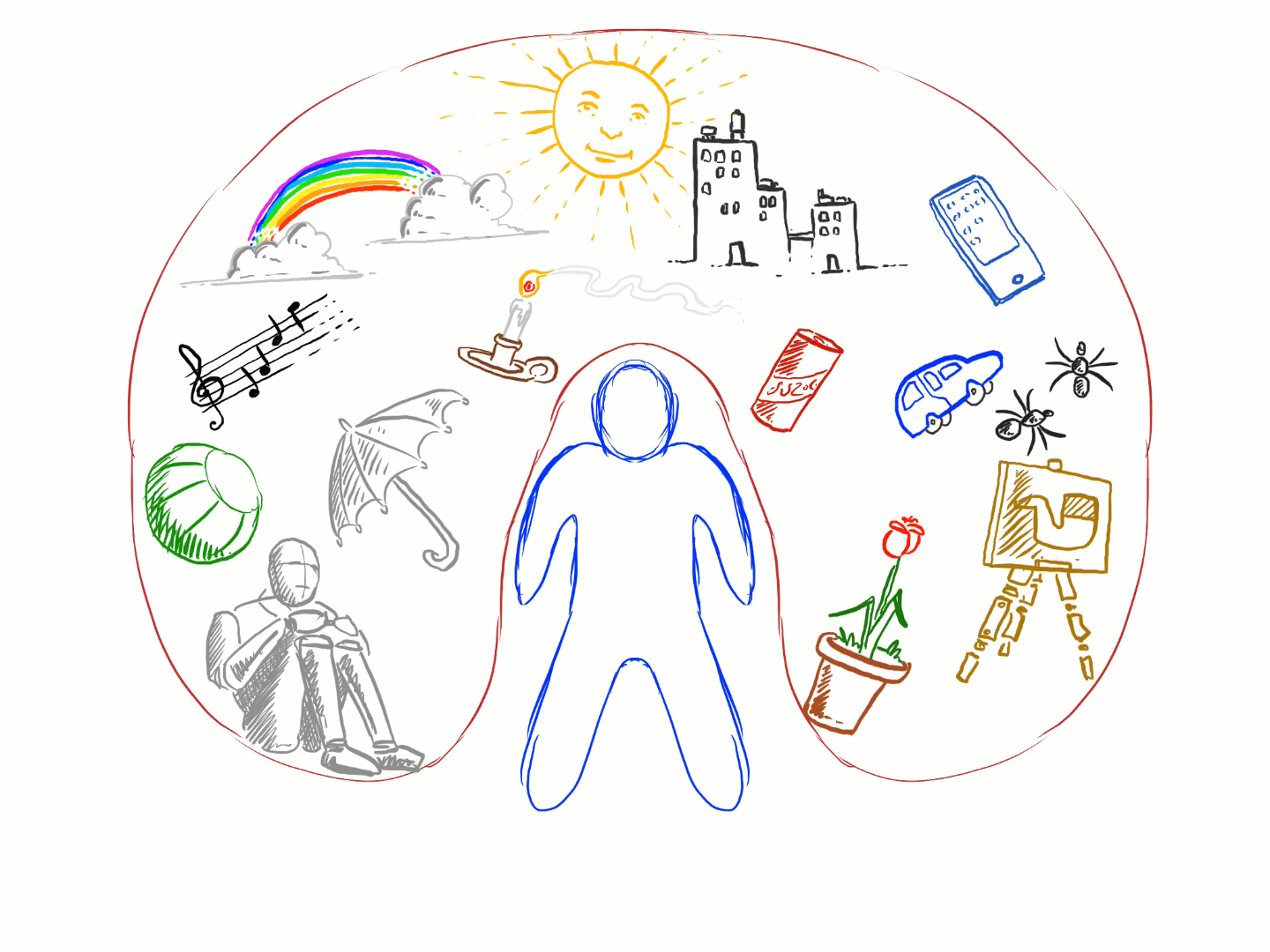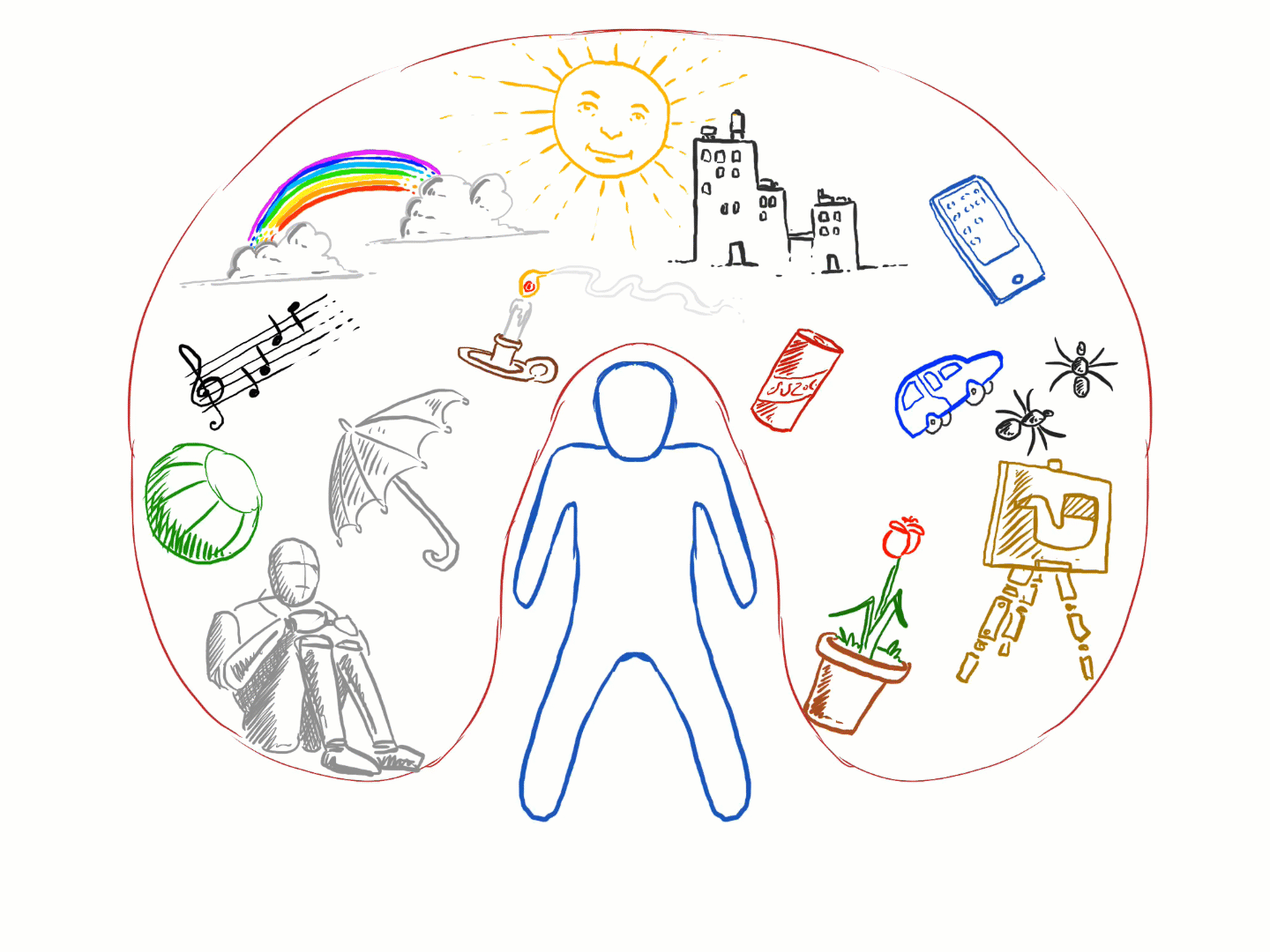At the onset of 2020, a long-due short intro to the theory at hand is a good way to start. So let me tell you why the Spread Mind promises to solve one of the most difficult problems in the history of science and philosophy.
First, allow me to be clear about the terminology. First, all my efforts are based on a straightforward empirical hypothesis, the so called Mind-Object Identity hypothesis (MOI), namely the hypothesis that
The experience of X is one and the same as X
This should not come as a surprise to anybody. If our conscious experience is real, it must be something! And since the world is made only of physical stuff, there has to be something physical that is one and the same as our experience. I know, I know, many people have been looking for consciousness inside the brain. Have they succeeded? No. So let’s start looking for consciousness elsewhere. Where? In the very external objects around our body.
Second, once the Mind-Object Identity hypothesis has been put forward, it articulates into a complete theory that addresses memory, creativity, free will, dreams, illusions, and hallucinations. Such a theory is called The Spread Mind Theory (SMT). The Spread Mind theory succeeds in dealing with all such cases without adding any new hypothesis. How is it possible? Simply put, it’s because the Spread Mind does not assume the naive and simplistic notion that the world is made of absolute physical objects but, as it has been shown by Galilean Relativity, Einstein’s Relativity, and Quantum Mechanics, all physical properties have a relative existence. Everything exists relatively to something else (more on this on a forthcoming post). I don’t insist on this point here.
So much for the terminology. Let’s get back to the substance of the post! What does the Spread Mind tells us?
When we see the world, what is the thing that is our experience? If the world is made of things, as it appears if we look around, we must be a thing too. Our experiences must be a thing too.
This should not come as a surprise to anybody. When we look at the world do we see anything but physical phenomena? No we don’t. Everywhere I look, I see only physical stuff – objects, events, bodies, processes, and properties. My experience is made of physical stuff.
The problem arises when you, I, we … try to place ourselves in such a world. And the problem arises because we move from a core set of assumptions we are very fond of, and yet are neither empirically grounded nor logically consistent. The core hypothesis we have to challenge is the belief we are inside our bodies (or that we are a body).

The main reason why we believe to be located where our bodies are is that when our lovers, relatives, and friends look for us, they look for our bodies. Another very strong motivation is the fact that our world is centered around our bodies, like a doughnut. This is a consequence of the fact that our body, like a dam, brings a collection of events together and thus, such events are roughly around our body.
Look inside yourself and you’ll find the world around your body.
So, the world we are made of is not a ghost inside our body or an immaterial spirit. We are one with the world we experience. Actually, experiencing an object is just a funny way to express the fact that an object is, for a moment, a part of what we are.

To some extent, the traditional notion of the mind is like a ghost of the world in the body. But inside the body, there is only, hardly surprising, the body! There is nothing else. So we need to look elsewhere, even if it goes against our prejudices.
The belief that our consciousness is inside the head is the outcome of the assumption that we are separate from the world, and thus there has to be something akin to the world inside our body. This is, of course, absurd and it will be a testimony of scholarly stubbornness the fact that for years people have been looking for our mind inside our heads.


